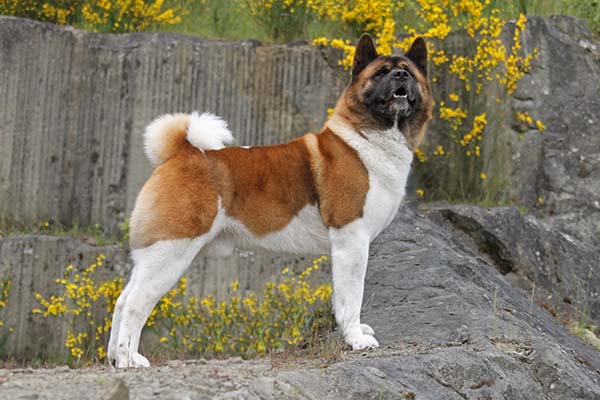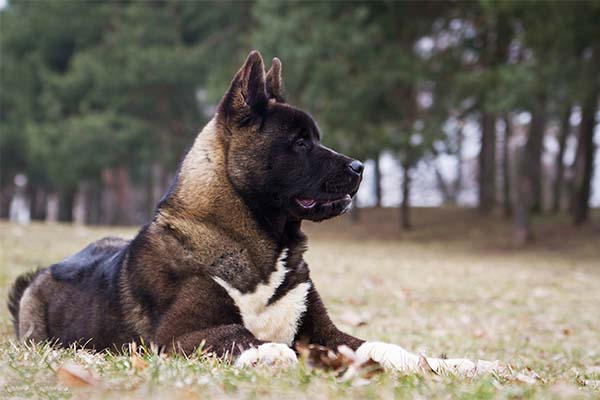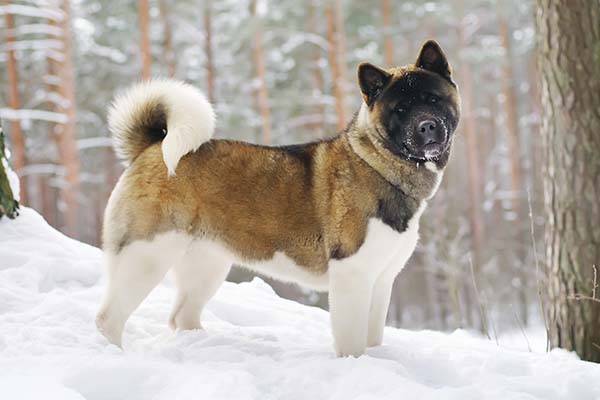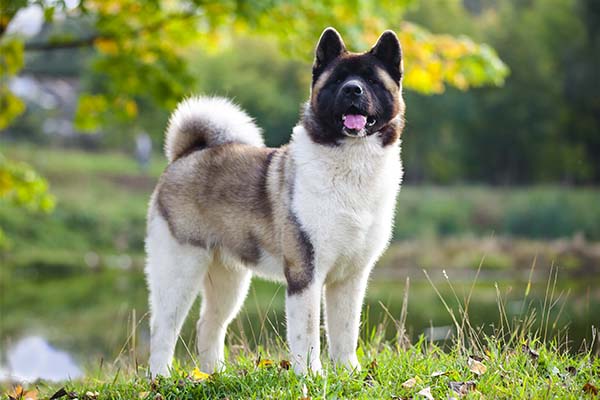Akitas are Japan’s entry in the ancient canine clan of spitz-type dogs bred around the world on the globe’s northern latitudes. The breed as we know it was developed in the early 17th century in the Akita prefecture of northern Japan. It is said that the emperor banished a wayward nobleman to the prefecture, the northernmost province of the island of Honshu, where the nobleman was ordered to live out his days as a provincial ruler. As it happens, this exiled aristocrat was an ardent dog man and encouraged the barons under his sway to compete in the breeding of a large, versatile hunting dog. Generations of selective breeding produced the Akita, a powerful hunter with a strong work ethic and stout heart who worked in packs on such big game as wild boar, deer, and the fearsome Yezo bear. Owning Akitas was once restricted to the imperial family and their court. In more recent times, just plain folks the world over have employed their Akitas as world-class family guardians.
Akitas have for centuries been the object of myth and legend and occupy a special place in Japanese culture. When a child is born, the parents will usually receive an Akita figurine signifying happiness and long life, in keeping with an old Japanese tradition. A famously loyal Akita of the 1920s named Hachiko is among Japan’s most cherished symbols.
Various times during the Akita’s long history, the breed teetered on the brink of extinction. To ensure the Akita’s survival, a Japanese national breed club was founded in 1927. Helen Keller is credited with bringing the first Akita to the United States, a gift she received while visiting Japan. Akitas caught on in America after WWII, when returning GIs brought them back from the Pacific. The breed entered the AKC Stud Book in 1972.
(Historical photographs courtesy of the AKC Library and Archives – Akita Club of America Collection)










 Health
Health Grooming
Grooming Exercise
Exercise Training
Training Nutrition
Nutrition